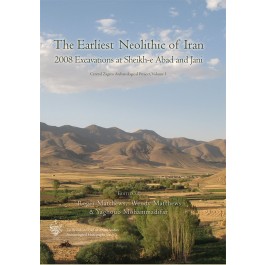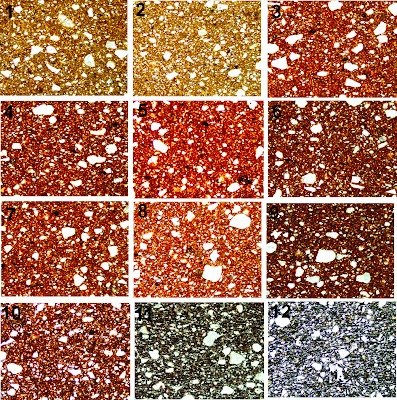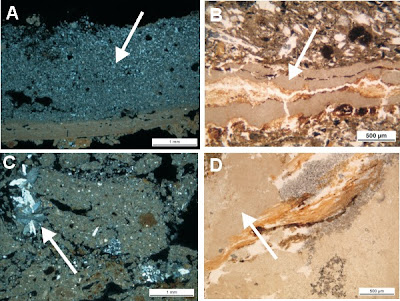Is Archaeology a Science?

Who'd have thought I'd find myself as co-convener for a third year Theoretical Archaeology module? Such is the situation I find myself in towards the end of my first year at the University of Edinburgh. I used to be one of those people who thought theory was all a bit confusing with no relevance to 'real' archaeology. This is an attitude I have found especially of researchers in archaeology who have a background in the sciences. What is the point of theory? Or I'm a scientist, I don't need theory! As an undergraduate I had a compulsory Philosophy of Science module, but I'm not sure how common this is for most science degrees. I think sometimes we don't realise that even as scientists with 'hard data', we have to interpret our data - and in archaeology especially, these data are always flawed in some way, and our interpretations steeped in our own experiences. It's a myth that scientific results can only have one interpretation. The way we us...








.JPG)





